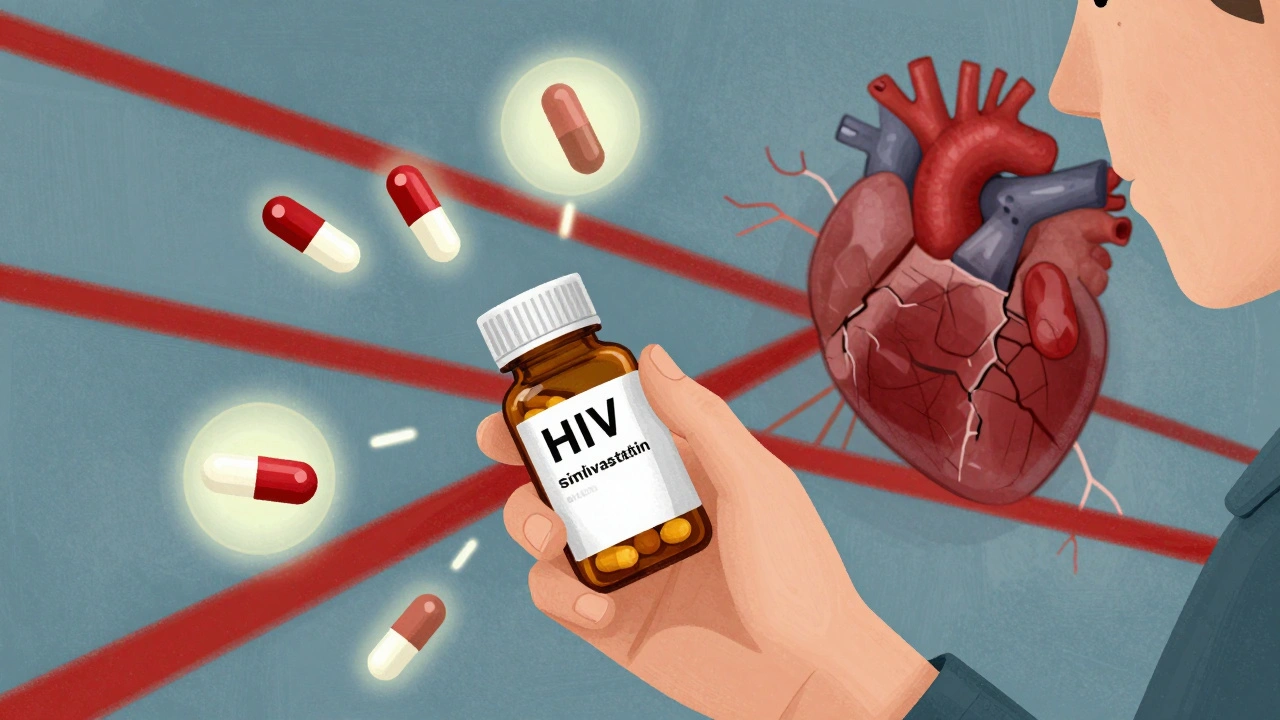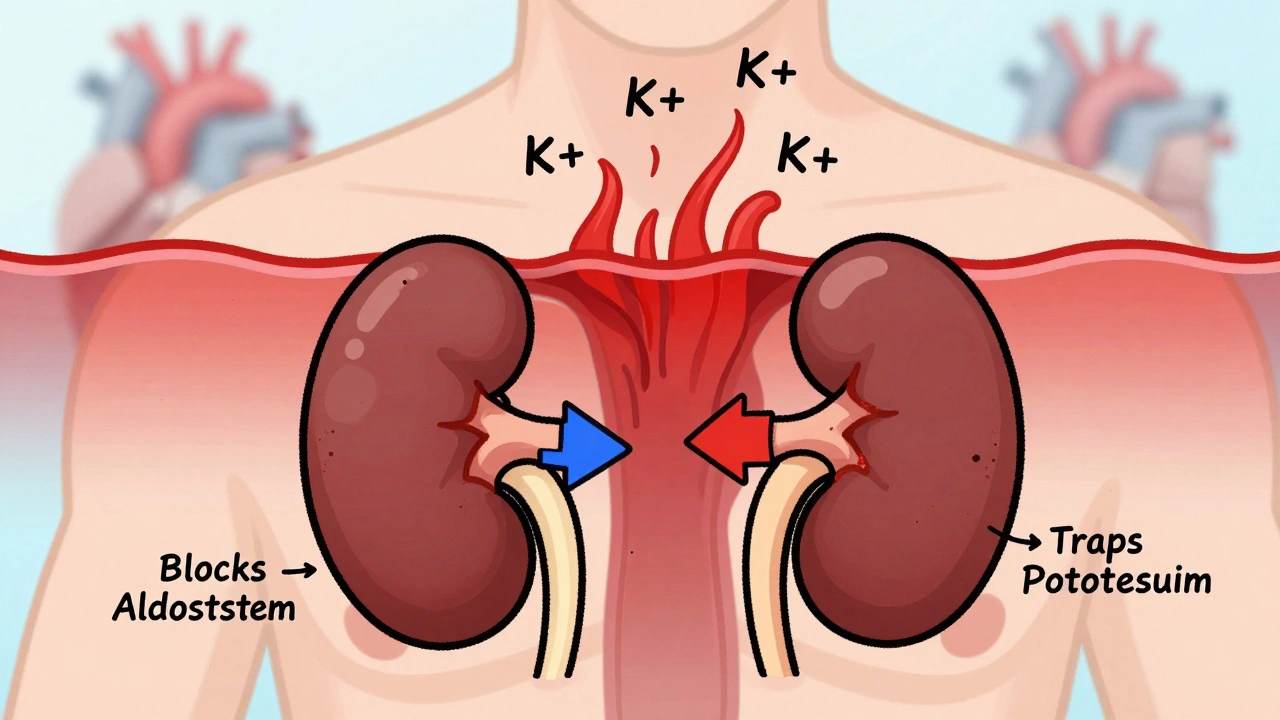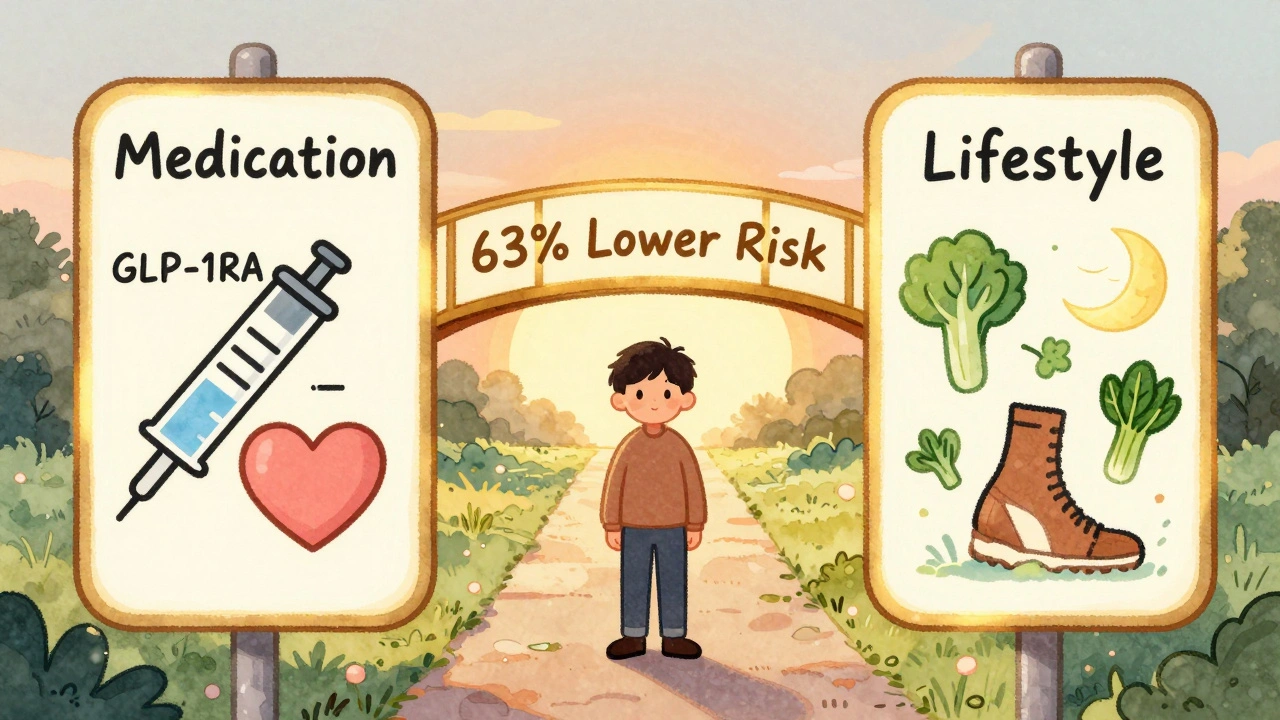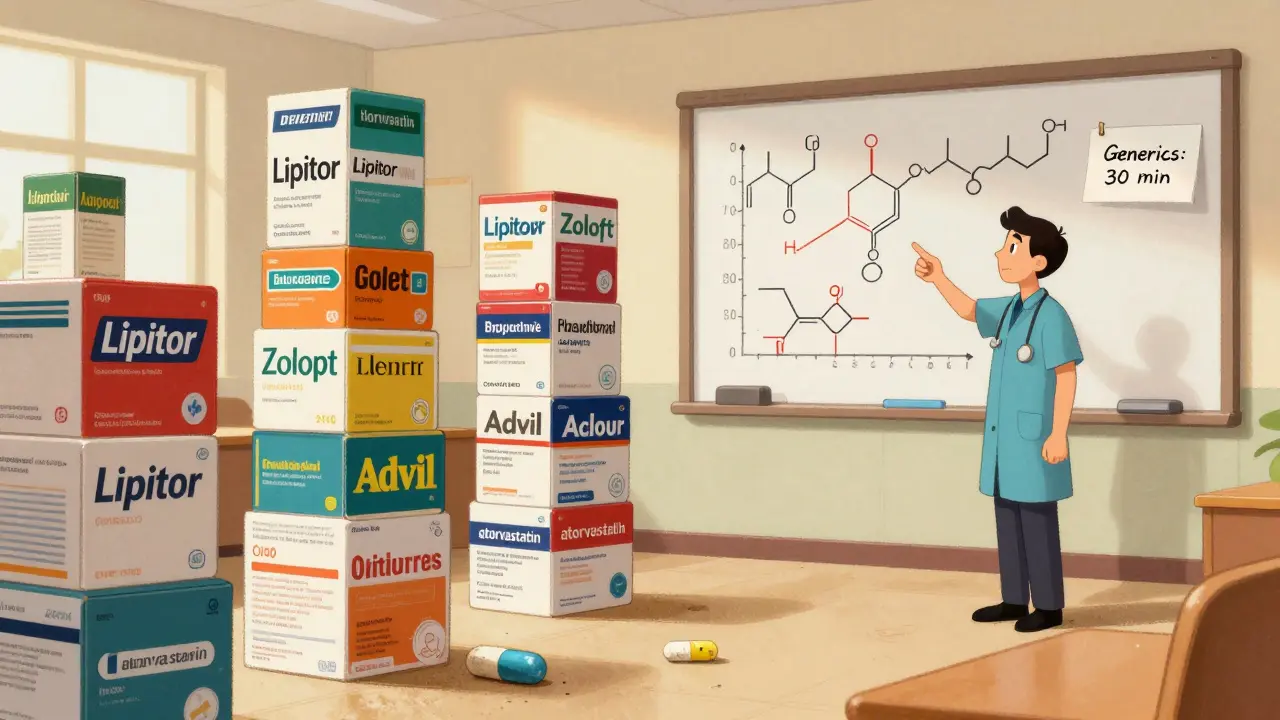Stem Cell Transplantation: The Basics You Should Know
Ever heard about stem cell transplantation but felt lost on what it's really about? You're not alone. This treatment plays a big role for people battling blood cancers and other serious diseases. Simply put, it replaces damaged or faulty cells in your body with healthy ones, giving your system a fresh start.
The process usually starts by collecting stem cells from a donor or your own body. These cells then get transplanted after high-dose chemo or radiation wipes out the unhealthy cells. Sounds intense, right? That's because it is. It’s a serious procedure with lots of steps to make sure it works and keeps you safe.
Types of Stem Cell Transplants
There are two main types to know: autologous and allogeneic. Autologous uses your own stem cells collected before treatment, which lowers rejection risks. Allogeneic means you get someone else's cells, often from a matched donor, which can help fight disease but also bring challenges.
Doctors decide which type fits best depending on your condition and health. For example, blood cancers like leukemia often need allogeneic transplants because donor cells can attack cancer cells. But your body might react differently to donor cells compared to your own, so doctors monitor closely.
What to Expect and Watch For
Stem cell transplants come with their share of risks. Common side effects include infections, fatigue, and reactions where transplanted cells might attack your organs—known as graft-versus-host disease. This happens mostly with allogeneic transplants.
You'll get lots of support during recovery—meds to fight infections and guidance on diet, activity, and mental health. It’s a marathon, not a sprint. Patience and a good care team are key. Knowing what may happen helps you prepare and spot issues early.
Curious about how stem cell transplants could change the outlook for serious illnesses? Or wondering if it's an option for someone you know? Stick around and explore more facts and real patient tips. Understanding this treatment can make a big difference in facing tough health challenges.

Exploring Stem Cell Transplantation for Mycosis Fungoides
In my recent exploration of stem cell transplantation for Mycosis Fungoides, I've discovered this method is a promising treatment avenue. Stem cell transplantation, specifically allogeneic transplantation, has shown significant potential for those with advanced stages of this rare skin cancer. The process involves replacing diseased blood-forming cells with healthy ones, thereby giving the body a chance to fight the disease more effectively. However, it does come with risks and potential side effects, therefore it's not suitable for everyone. Further research and clinical trials are necessary to establish its long-term efficacy and safety.





